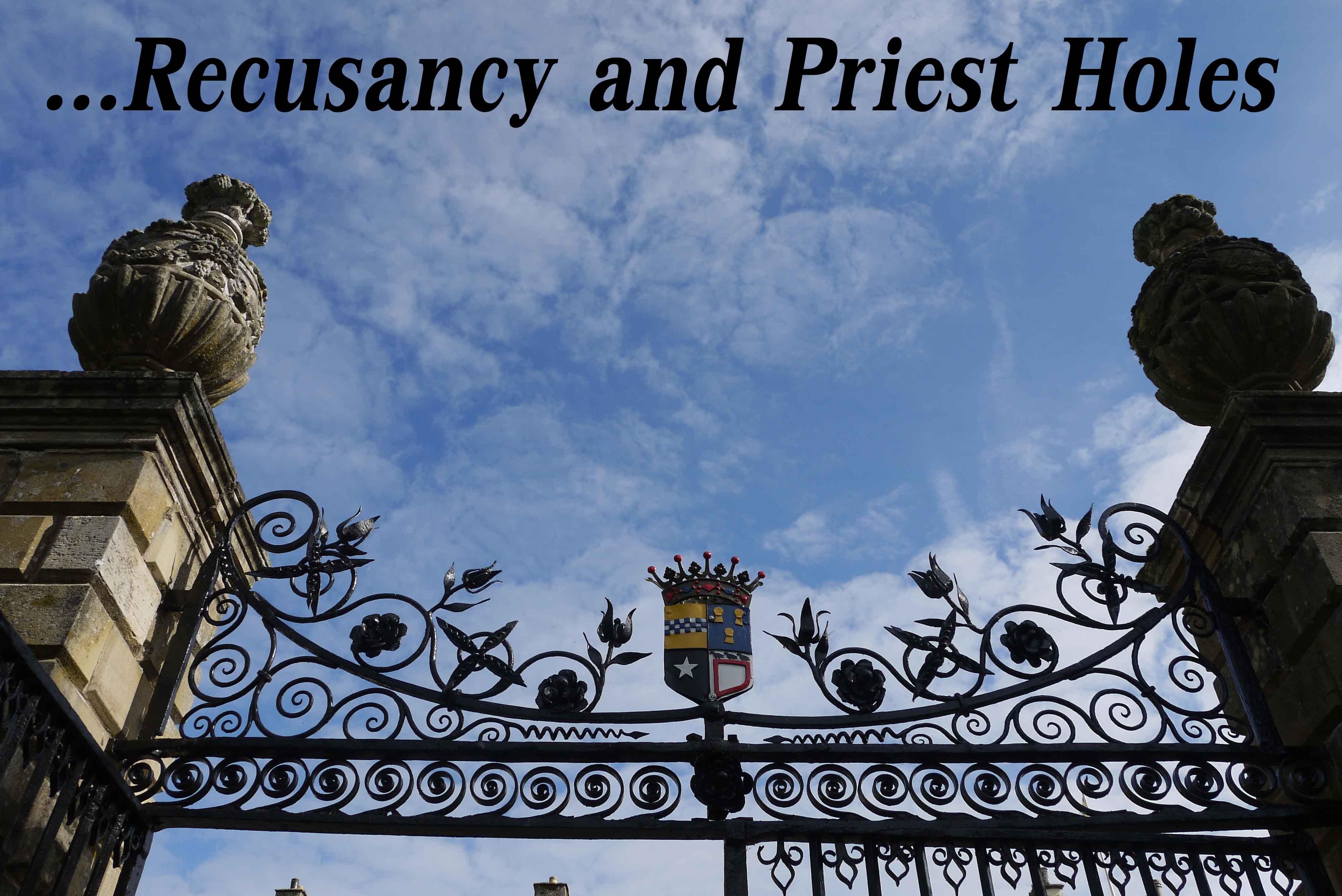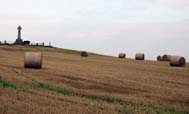From Wiki:
Lindisfarne Castle is a 16th-century castle located on Holy Island, near Berwick-upon-Tweed, Northumberland, England, much altered by Sir Edwin Lutyens in 1901. The island is accessible from the mainland at low tide by means of a causeway.
The castle is located in what was once the very volatile border area between England and Scotland. Not only did the English [...]
The parish church stands on the site of the wooden church built by St. Aidan in 635 AD, which during the Anglo-Saxon period was replaced by a small stone church. The Benedictine monks of Durham, who in the 12th century began to build the second monastery, decided this should be the parish church and employed [...]
Originally home to the Lindisfarne Gospels and the site of grisly Viking attacks, a visit to Lindisfarne Priory is a great day out in Northumberland. Sitting offshore on Holy Island and reached by a causeway at low tide, the peaceful atmosphere and beautiful views from the priory make a visit here well worth the effort.
Lindisfarne Priory was an [...]
From Wiki:
Aidan of Lindisfarne[1] (died 31 August 651), known as the Apostle of Northumbria, was an Irish monk and missionary credited with restoring Christianity to Northumbria. He founded a monastic cathedral on the island of Lindisfarne, served as its first bishop, and travelled ceaselessly throughout the countryside, spreading the gospel to both the Anglo-Saxon nobility and to the socially disenfranchised (including children and slaves).
After his [...]
The aim of art is to represent not the outward appearance of things, but their inward significance.
Aristotle
I am now going to continue with the places that I visited on last years vacation to Newcastle and Crookham. First port of call is the Holy Island of Lindisfarne. The Island is tidal and can only be accessed by a causeway that twice a day is covered by the North Sea. A journey there [...]







